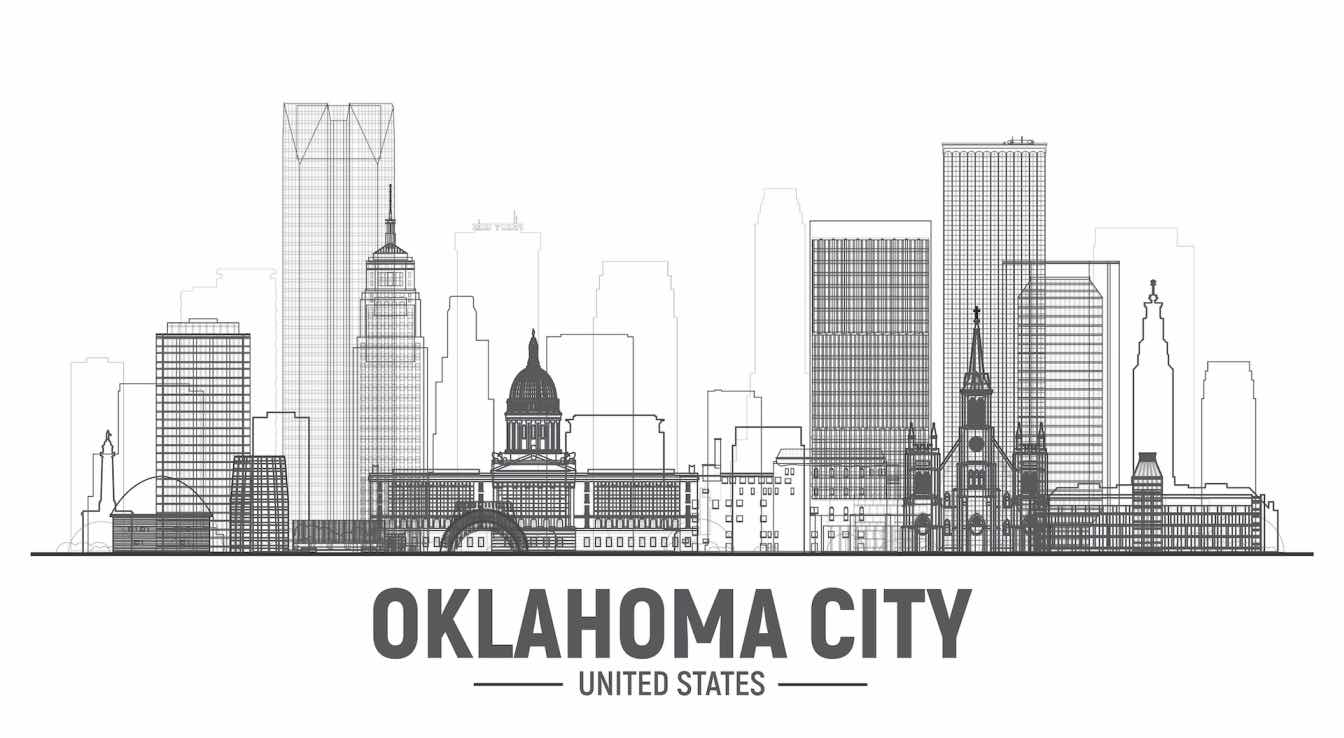Experiencing a disaster such as a fire, flood, storm, or other catastrophic event can be incredibly overwhelming for homeowners. The aftermath often involves dealing with significant property damage, but understanding the concept of insurance restoration can make the recovery process more manageable. This complete guide explains what insurance restoration is and provides essential steps for restoring your home after a disaster.
Understanding Insurance Restoration
Insurance restoration refers to the process of repairing and restoring a property that has been damaged by a covered event, using funds provided by an insurance policy. Insurance restoration specialists are professionals who manage this process, working closely with homeowners and insurance companies to ensure that all necessary repairs are covered and completed efficiently.
Key Components of Insurance Restoration
1. Damage Assessment
Conducting a thorough evaluation of the extent of the damage to the property.
Identifying both visible and hidden damage that may require attention.
Providing a detailed damage report to the insurance company.
2. Claims Management
Assisting homeowners with the documentation and submission of insurance claims.
Communicating directly with the insurance adjuster to ensure the claim is processed smoothly.
Ensuring that all necessary repairs are covered by the insurance policy.
3. Restoration and Repair
Coordinating and executing the necessary repairs to restore the property to its pre-damage condition.
Hiring and managing subcontractors, such as electricians, plumbers, and carpenters.
Overseeing the entire restoration process to ensure quality workmanship and timely completion.
Steps to Take After a Disaster
If your home has been damaged by a disaster, follow these steps to initiate the insurance restoration process:
1. Contact Your Insurance Company
Report the damage to your insurance provider as soon as possible. They will guide you on the next steps and provide information on approved restoration specialists.
2. Document the Damage
Take detailed photos and videos of the damage to your property. This documentation will be essential for your insurance claim.
3. Secure Your Property
Take immediate measures to prevent further damage, such as covering broken windows or tarping a damaged roof. Keep receipts for any emergency repairs, as these expenses may be reimbursable.
4. Hire a Restoration Specialist
Choose a reputable insurance restoration specialist approved by your insurance company. Ensure they have experience with similar types of damage and are licensed and insured.
5. Initial Assessment and Inspection
The restoration specialist will conduct an initial assessment of the damage and provide a detailed report to your insurance company. They will work with the insurance adjuster to ensure all necessary repairs are covered.
6. Approval and Payment
Once the insurance company approves your claim, they will issue a payment for the cost of repairs. This payment may be made directly to you or to your restoration specialist, depending on your policy.
7. Restoration Work
The restoration specialist will begin the repair work according to the approved scope of work. Regular communication with your specialist and insurance company is essential to ensure the project stays on track.
Choosing the Right Restoration Specialist
Selecting the right restoration specialist is critical for a successful restoration process. Consider the following factors when making your decision:
Experience and Expertise: Look for a specialist with experience in handling similar types of damage. Check their credentials, licenses, and certifications.
References and Reviews: Request references from previous clients and read online reviews to gauge the specialist's reputation and quality of work.
Insurance and Bonding: Ensure the specialist is fully insured and bonded to protect against potential liabilities.
Clear Communication: Choose a specialist who communicates clearly and transparently throughout the process. They should provide detailed estimates, timelines, and regular updates on the progress of the work.
Conclusion
Insurance restoration is a vital process for homeowners dealing with property damage after a disaster. By understanding the key components of insurance restoration and following the right steps, homeowners can ensure a smooth and efficient recovery process. Working with a reputable restoration specialist and staying informed about the claims process will help restore your home to its original condition and bring peace of mind during a challenging time.





